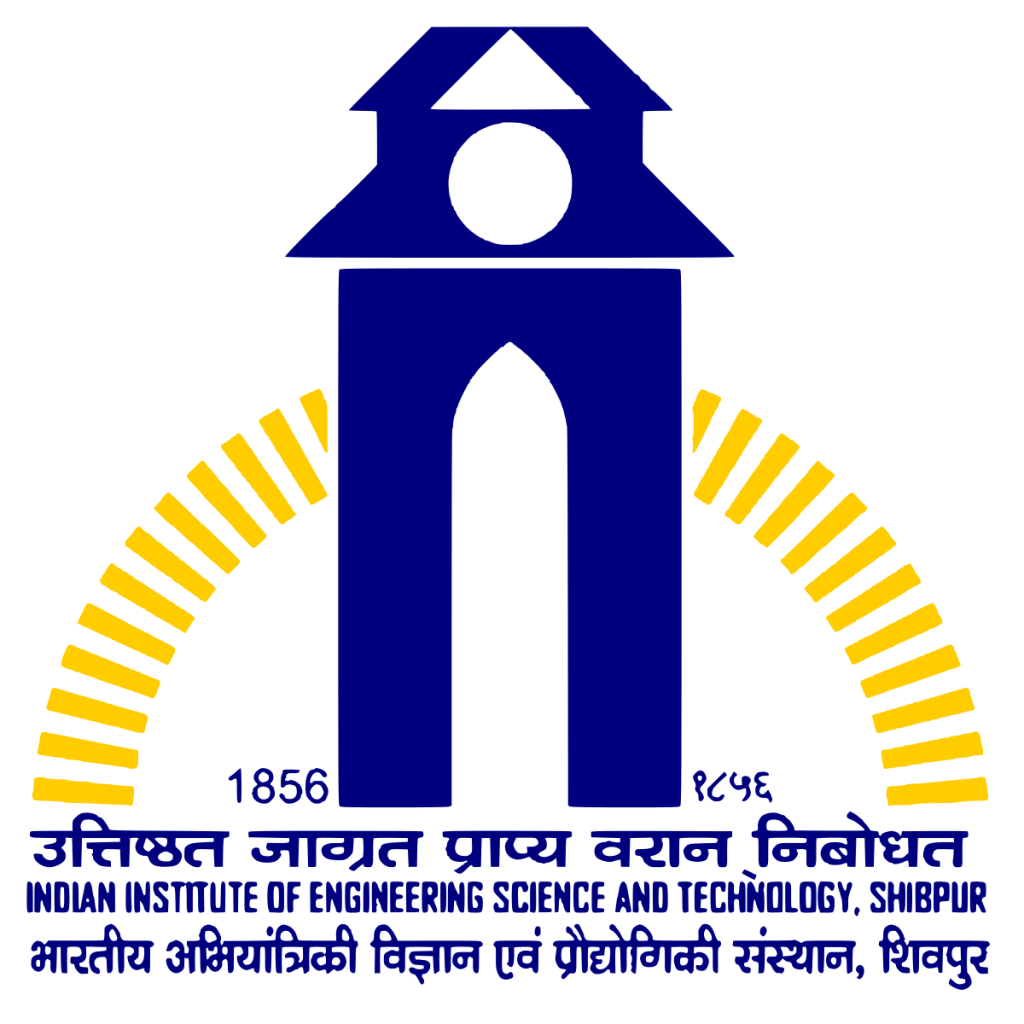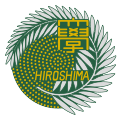
The 7th International Symposium on Devices, Circuits, and Systems (ISDCS 2025) focuses on the recent innovations in Devices, Circuits, and Systems. ISDCS 2025 – International Symposium on Devices, Circuits, and Systems will be organized by IIEST Shibpur in collaboration with Hiroshima University, Japan. The conference will feature pre-conference workshops, keynote speeches, and technical sessions.
ISDCS 2025 – International Symposium on Devices, Circuits, and Systems aims to highlight advancements in Devices, Circuits, and Systems, emphasizing methodology and multidisciplinary integration. The theme for this year’s conference is “Silicon to System: Sustainable Innovation for Secure, Intelligent Computing and Green Energy Solutions”, inviting researchers, engineers, and industry leaders to explore novel approaches in hardware-software co-design.
This four-day conference includes a Pre-Conference Workshop on May 27, 2025, followed by the main conference from May 28-30, 2025. The workshop will provide in-depth discussions on recent developments in Devices, Circuits, and Systems.


27th May 2025
IIEST Shibpur Campus
28-30 May 2025
The Hotel Hindustan International (HHI), Kolkata
Address: 235/1 AJC Bose Road, Kolkata 700020
Web: www.hhihotels.com
Mrs. Jagriti Prasad
Mobile: +91 9051122877
T: +91 33 35002560 | +91 33 4001 8000
Email: jagriti@hindusthan.com
Single Occupancy: Rs.5000/ + GST (With Breakfast)
Double Occupancy: Rs.5500/ + GST (With Breakfast)
Single Occupancy: Rs.6500/ + GST (With Breakfast & 1 Major Meal)
Single Occupancy: Rs.7500/ + GST (With Breakfast, 1 Major Meal & Transfers)
©2025 || Developed by ByteMinds